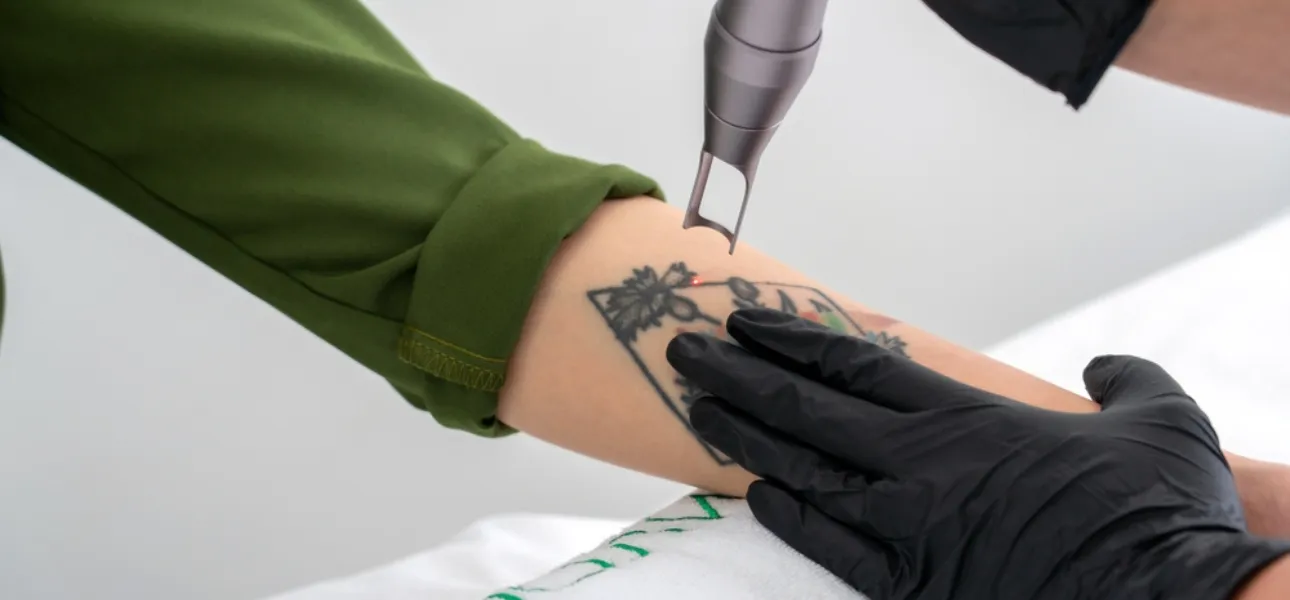Medical imaging has advanced far beyond primitive X-ray films and heavy machines. Digital tools are now revolutionizing the way medical professionals store, analyze, and distribute pictures. These developments are not only accelerating and more accurate imaging but are also improving diagnosis, workflow, and patient care. Digital technologies are transforming the imaging scene from cloud-based image distribution to AI-driven diagnosis.
Professionals sometimes start with a software download like PerfectLum from QUBYX that allows calibration, image quality assurance, or connection with other tools before employing more sophisticated imaging technologies. Many medical facilities depend on QUBYX shop for compliance and display accuracy since it provides reliable tools and sophisticated versions that guarantees monitors used for viewing medical images meet the top performance requirements.
The Shift to Digital Imaging
Replacing film-based systems with more effective, adaptable, and environmentally friendly solutions, digital imaging has become the norm in current medical practice. Eliminating the delays and restrictions of conventional film, these systems employ digital sensors to gather pictures that may be seen, shared, and archived right away.
This change brings significant advantages:
- Speed: Real-time image availability speeds down diagnosis and treatment delays.
- Clarity: Digital tools improve resolution, contrast, and detail.
- Storage & Access: Images are stored electronically and accessed remotely, supporting telemedicine and collaborative care.
- Lower Costs: Reduces the need for physical storage and film processing.
AI & Automation in Imaging
Artificial intelligence (AI) is one of the most interesting developments in medical imaging. The AI algorithms are capable of processing images quicker than human eyes and even notice patterns that could otherwise be missed. Instruments employing AI assist radiologists by labeling the possible issues and making the diagnosis process easier.
The impact of automation is also large. Calibration and quality check can aptly be scheduled and performed with related testing solutions. This ensures uniformity in a number of workstations and lessens the workload of IT professionals and technicians.
The Significance of Display Accuracy
Just as the brain perceives what is seen in a visual image, the same goes with medical imaging, what you see is what you diagnose; a screen that is overly exposed, under-exposed, and the wrong screen calibration, can result in misdiagnosis. Thus, highly-qualified tools by the industry leaders are completely essential.
With automatic scheduling to keep consistency without requiring constant manual inspections, digital instruments offer hardware-based calibration and compliance testing, so guaranteeing every picture is presented accurately as it should be. It supports criteria including DICOM, AAPM TG18, and others.
Accurate exhibitions result in better clinical decisions, particularly in sectors including radiology, oncology, and dermatology where visual details can be minor yet important.
Remote Access and Telemedicine Integration
Digital imaging instruments now enable smooth integration with telemedicine systems as more medical services become remote. Clinicians can examine top-notch images from any location, engage in real-time cooperation, and seek expert opinions worldwide. For rural hospitals, emergency care, and international health networks, this access changes everything.
Final Thoughts
Digital tools are transforming medical imaging in all aspects, including across its life cycle as well as the locations where practitioners can alternate collaborating. The advances in the form of AI-assisted interpretation, automatic quality control, and consistent calibration software help medical professionals be more prepared than ever to provide speedy, accurate, and reliable care.
It is a whole new era of imaging not an era of better technology but an era of better patient outcomes and that is a paradigm worth pursuing!




